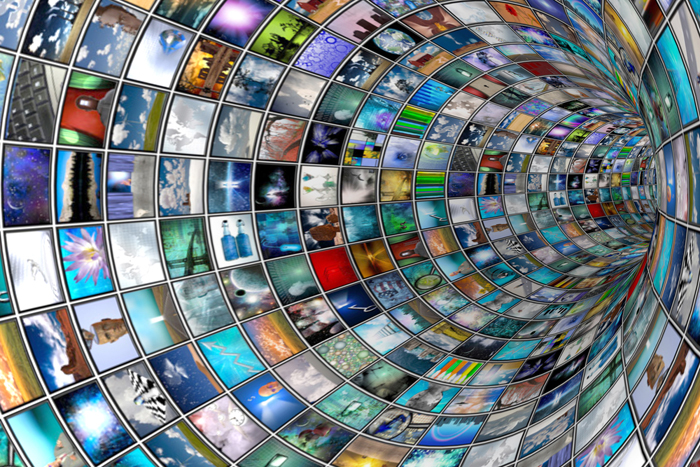
Dan Hogan is founder, president and CEO of Nashville, Tennessee-based Medalogix, a health care technology company that provides analytics and workflows to home health providers. Hogan contributed this article to Live Science's Expert Voices: Op-Ed & Insights.
Big data has become a hot topic in the past five years or so, but it has been providing insights for hundreds of years. For example, the first U.S. census was taken in 1790, the Hollerith tabulating machine was created in the late 1880s, and in 1944 Fremont Rider was already envisioning that the Yale Library would have more than 200 million volumes by 2040.
There are many approaches to big data, but most center around the technological ability to capture, aggregate and process a large volume, velocity and variety of data, as outlined in the 2014 White House report "Big Data: Seizing Opportunities, Preserving Values." And a 2012 International Data Corp. report estimated that the digital universe will grow by a factor of 300 from 2005 to 2020, producing 40 trillion GB of data by 2020. But although data is more abundant than ever — and the use of big data is more common than ever — there are still some misconceptions about big data and its impacts. [What is Big Data?]
Misconception #1: Big data is inherently valuable.
Data has no inherent value. To make data valuable, it must be sorted, processed and distributed. Most predictive analytics companies employ data scientists to do just that. These scientists cull through massive amounts of data to determine what is valuable and create algorithms to draw out that information.
When data scientists sift through the information to determine what is pertinent, they must first have a hypothesis to guide that search. For example, Medalogix's technology predicts which patients are most at risk for hospital readmission, so it pulls data points, such as a home health agency's strengths and weaknesses, isolating useful predictors and eliminating extraneous information. We start with big data but use analytics to find the needles and throw out the rest of the haystack. [Big Data and the Flu: How Wikipedia Can Track Influenza]
Misconception #2: Big data always leads to big changes.
Sign up for the Live Science daily newsletter now
Get the world’s most fascinating discoveries delivered straight to your inbox.
On its own, big data is not actionable, even after a data scientist identifies the valuable information. Useful technology incorporates next steps that help a user gain insight from data to make changes and improvements. Using our example above, simply identifying the patients at risk of readmission does nothing to improve those patients' outcomes; clinicians have to use that information to adjust the care. All big-data technologies need to create processes so that someone can take the information and implement it — otherwise, the outcome is just information.

Misconception #3: Big data is necessarily more valuable than little data.
Big data gets all of the attention, but little data can be more effective. "Little data" is simply a smaller data set. The relationship between the two types of data is similar to quantity versus quality. We all know more isn't always better, especially if it isn't all high-quality. Even though big data has a huge quantity of information, the quality of that information may not always be what someone is looking for, and much of it has to be organized and sorted to fit within analysis parameters. With little data, the information is often more controlled, clean and unique, making it more valuable.
Misconception #4: Big data is only for big businesses.
Big-data technologies are no longer prohibitively expensive. Companies well out of the Fortune 500 are using big data. It's not just for certain industries, either; there are big-data technologies geared toward almost every industry, because most organizations, including smaller ones, produce enormous amounts of data. One of the key takeaways from a 2011 McKinsey Global Institute report called "Big data: The next frontier for innovation, competition, and productivity" was this: "The use of big data will become a key basis of competition and growth for individual firms." The report found early examples of big data in every sector it examined — and that was in 2011. Think about how the reach of big data and technology has expanded since then.
Big data isn't as complicated as most people think. Sure, most of us will never understand the algorithms that make it possible, but you use big data in your everyday life without even realizing it. How do you think Pandora chooses your next song or Netflix selects your recommended shows and movies? That said, it's important to remember that not everything you hear about big data is true. Make sure you don't fall fool to one of the big-data myths.
Follow all of the Expert Voices issues and debates — and become part of the discussion — on Facebook, Twitter and Google+. The views expressed are those of the author and do not necessarily reflect the views of the publisher. This version of the article was originally published on Live Science.










